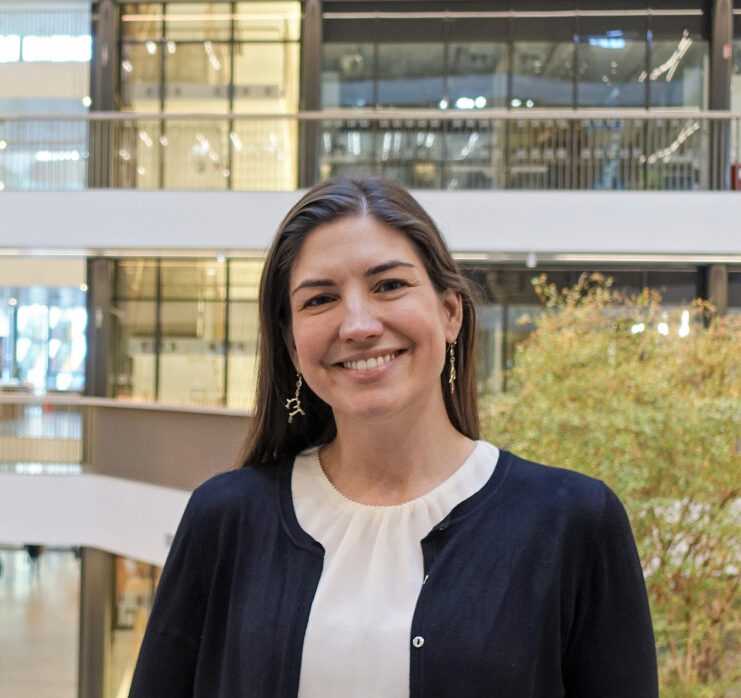EMMA ANDERSSON

Physiological profiling of excitable cell types using spatially-resolved patch-seq microscopy.
Ragnar Söderbergs stiftelse
Our bodies rely on tubes – tubes transport blood around our bodies, food through the digestive canal, and air in and out of our lungs.
In our livers, tubes collect bile produced by liver cells and bring it to our digestive canal to help us digest fat and absorb nutrients. Tubes are essential: when they form badly during embryonic development in the womb, this leads to various diseases. Understanding how different organs take shape and build tubes is essential for developing therapies for these diseases.
Our project aims to uncover the mechanisms controlling liver bile duct development. We developed a mouse model for the bile duct disorder Alagille syndrome and using this model, together with samples from patients with Alagille syndrome, we identified new signals during liver development which we hypothesize control bile duct formation. We will thoroughly test the roles of the newly identified signals using genetic, surgical, and pharmacological approaches, and are establishing a new technique to manipulate gene expression in developing mouse liver – a technique which would reduce the numbers of animals used in science.
This project brings together tools from neuroscience, vascular biology, hepatology and developmental biology to address how tubes form during development. By resolving this question, we aim to understand a fundamental step in establishing a body plan, and in more practical terms we aim to re-introduce the missing signals and ultimately treat disorders such as Alagille syndrome.
Awarded an ERC Consolidator Grant in 2024.
Photo: © Ragnar Söderbergs stiftelse
